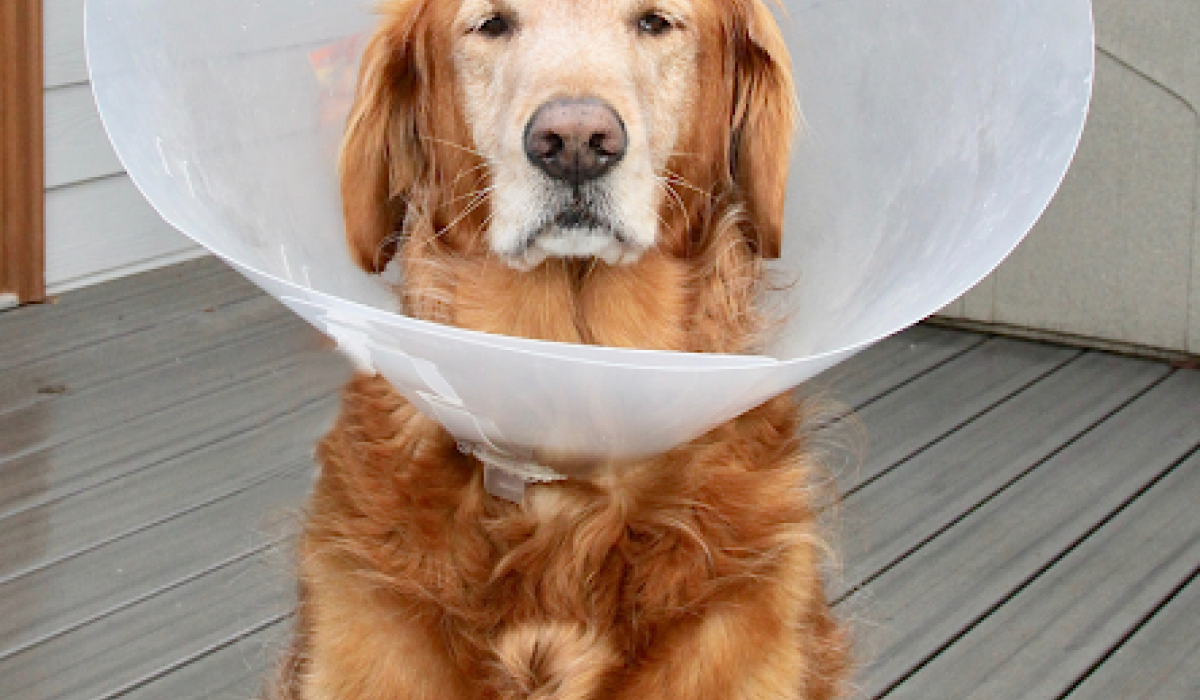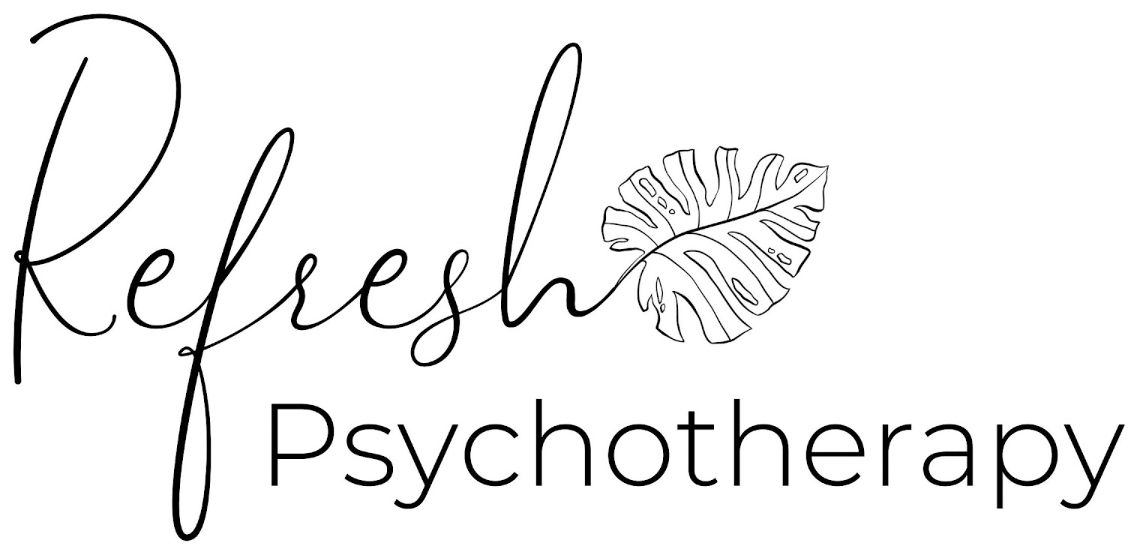
Why Therapy Feels Worse Before It Feels Better
Starting therapy is often portrayed as a relief: you find the right therapist, talk through your struggles, and slowly begin to feel lighter. But for many people, the early stages of therapy feel anything but relieving. Instead, you might find yourself more emotional, more anxious, more irritable—or even questioning whether therapy is “working” at all.
This isn’t failure. It’s actually a well-documented part of the therapeutic process. Therapy often feels worse before it feels better because healing requires you to face the very thoughts, patterns, and emotions you’ve spent years avoiding, minimizing, or managing on your own. When those defenses soften, the pain underneath surfaces.
This article explains why discomfort is a normal part of effective therapy, what it signals, and how to navigate it without quitting prematurely.
Why Therapy Activates Discomfort
Therapy creates space for parts of yourself that daily life encourages you to suppress. You’re asked to slow down, reflect, and engage with thoughts and emotions you usually avoid through work, relationships, perfectionism, or internal numbing.
When those protective strategies are interrupted, your symptoms may temporarily increase. This is known as a therapeutic dip—a common, research-backed phenomenon where clients experience heightened distress before meaningful improvement (Lambert, 2013).
This doesn’t mean therapy is making you worse. It means the things you’ve buried are beginning to surface, which is a sign the process is working.
Healing Requires Accessing What Hurts
Avoidance feels like relief—but only in the short term. Therapy challenges that avoidance by encouraging insight, emotional expression, and vulnerability. That might include:
- Talking about childhood experiences you’ve never named
- Confronting shame, fear, or grief
- Recognizing patterns in relationships that feel too familiar
- Letting go of narratives that once kept you safe
This kind of work activates your emotional system—and your nervous system. It may leave you feeling raw, tired, or more reactive than usual. That’s not a sign of instability. It’s a sign of contact: your internal world is finally being acknowledged instead of bypassed.
The Role of Defense Mechanisms
We all have unconscious defense mechanisms—psychological strategies that protect us from overwhelming emotions. These include intellectualizing, minimizing, avoiding, or projecting. Therapy often disarms these defenses, especially as trust with your therapist grows.
When that happens, it can feel like being flooded with emotions you didn’t know you had. But these reactions are part of a larger emotional recalibration. The work begins when the walls come down.
Emotional Discomfort Signals Movement, Not Danger
It’s important to differentiate between discomfort that leads to growth and harm that requires change. Feeling emotionally stirred, anxious, or even frustrated with your therapist is normal. In fact, a key part of effective therapy is processing those exact reactions—not fleeing from them.
A 2005 study found that clients who discussed and explored ruptures in the therapeutic relationship experienced better long-term outcomes than those who didn’t (Safran et al., 2005). In other words, even tension with your therapist can be useful—if it’s acknowledged, not avoided.
What to Expect in the Early Stages of Therapy
Every person’s process is different, but common early experiences include:
- Emotional fatigue after sessions
- New or intensified dreams
- Increased irritability or sensitivity
- Questioning your sense of self or past decisions
- Feeling more aware of painful emotions throughout the week
These experiences aren’t signs of regression—they’re evidence that you’re no longer numbing or compartmentalizing at full capacity. You’re building tolerance for truth.
How to Stay Grounded During the Therapeutic Dip
If you find yourself wanting to quit therapy because it feels too intense, try the following:
- Name it in session. Saying “this feels worse than I expected” can be a powerful entry point.
- Track small shifts. Healing isn’t just symptom reduction—it’s increased insight, clarity, and emotional depth.
- Build regulation skills. Talk to your therapist about grounding techniques to support you between sessions.
- Avoid judging your progress by how you feel. Therapy isn’t about immediate relief—it’s about sustainable change. That often includes discomfort.
Therapy Isn’t a Linear Process
We like to imagine growth as a straight line upward. In reality, it looks more like a spiral: you revisit the same themes from deeper levels of understanding each time. Sometimes you regress before you leap forward. Sometimes you plateau before a major shift.
Therapy that avoids discomfort is often shallow. Therapy that invites discomfort—with support, safety, and pacing—goes deeper. That’s where transformation lives.
Trusting the Process (Even When It’s Messy)
It’s easy to trust therapy when you’re feeling better. But it’s the moments of discomfort, disorientation, and doubt that often contain the greatest potential. Those moments challenge your old narratives and defense systems. They ask you to show up differently—to yourself and to others.
Therapy can feel worse before it feels better because healing isn’t about returning to your old self—it’s about building something stronger from what you’ve avoided.
If you’re ready to do that work, you don’t have to do it alone.
Book your appointment today at refreshtherapynyc.clientsecure.me.
Written by: Keeley Teemsma, LCSW, MA
Works Cited
Jacob, G. A., & Arntz, A. (2013). Schema therapy for personality disorders—A review. International Journal of Cognitive Therapy, 6(2), 171–185.
Maslach, C., & Leiter, M. P. (2016). Understanding the burnout experience: Recent research and its implications for psychiatry. World Psychiatry, 15(2), 103–111.
Mednick, S., Nakayama, K., & Stickgold, R. (2003). Sleep-dependent learning: A nap is as good as a night. Nature Neuroscience, 6(7), 697–698.
Raichle, M. E. (2015). The brain’s default mode network. Annual Review of Neuroscience, 38, 433–447.
Young, J. E., Klosko, J. S., & Weishaar, M. E. (2003). Schema Therapy: A Practitioner’s Guide. Guilford Press.
